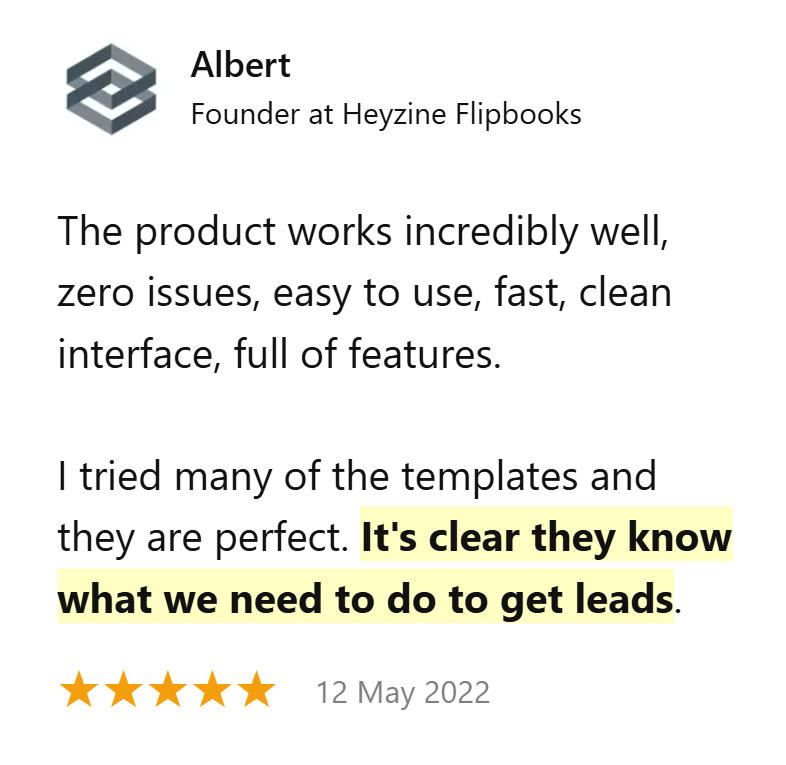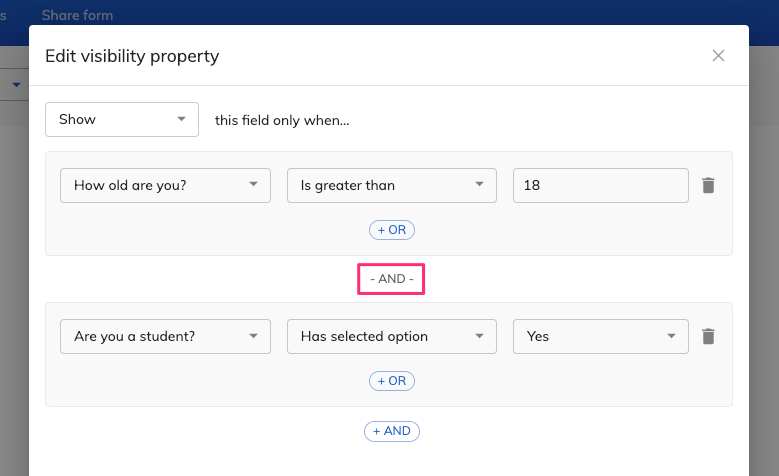Funnel Analysis
« Back to Glossary IndexQuick Summary
Funnel analysis helps marketers track how users move through key steps, like form submissions, and spot exactly where they drop off. In this article, we break down how to map funnels, analyze user behavior, and run targeted tests that boost conversions. Whether you’re refining a lead form or scaling ad spend, you’ll learn how to turn raw data into real results. Feel free to check out our glossary for more insights.
Looking to Convert Better with Funnel Analysis?
To fix the leaks in your funnel and double down on what works, you need to see where leads drop off—and why. Funnel analysis helps you track the steps that your leads take, from landing on your site to converting.
Funnel analysis is not guesswork, it’s a structured way to optimize. So, how do you use it?
In this Growform article, we’ll show you that, while diving into the ins and outs of funnel analysis. But first…
Why Listen to Us?
At Growform, we offer a no-code, multi-step form builder designed to double lead conversions. Our features include conditional logic and seamless integration with over 120 tools.


Clients like Nearly Real Florals and Heyzine Flipbooks have seen an increase in their conversion rates, enhancing their lead gen strategies.
What Is Funnel Analysis?
Funnel analysis is a marketing method that tracks how users move through a series of defined steps in your funnel—like viewing a landing page, starting a form, and submitting it. Each step shows where they drop off or continue.
By measuring these drop-off points, you can spot patterns, test fixes, and improve conversion rates. It replaces assumptions with clear, actionable data. For example, Intuit’s QuickBooks used funnel analysis to identify and remove three unnecessary onboarding steps, increasing push notification sign-ups by 25%.
This method is essential for identifying friction. Whether you’re optimizing ads, forms, or landing pages, funnel analysis gives you the insight to refine your process and boost performance.
Funnel Analysis vs. Cohort Analysis
Funnel analysis and cohort analysis both offer insights into user behavior, but they answer different questions. Here’s how they compare:
- Focus: Funnel analysis tracks steps in a process (e.g., form submission), while cohort analysis groups users by shared traits or start dates to track behavior over time.
- Goal: Funnel analysis helps identify drop-off points in a journey. Cohort analysis reveals trends like retention or engagement across different user groups.
- Time Sensitivity: Funnel analysis is step-based and time-agnostic. Cohort analysis is time-based, highlighting how user behavior changes days or weeks after a key event.
Benefits of Using Funnel Analysis
1. Identify Drop-Off Points
Funnel analysis reveals exactly where users leave before converting. Instead of guessing, you get clear data on when and where interest fades—whether it’s after clicking an ad, loading a form, or mid-way through submission.
These insights make it easier to target fixes where they matter most. You’re not optimizing in the dark, you’re solving specific issues at specific steps.
For example, in a multi-step lead form, drop-offs might spike after a required phone number field. Using that, you can:
- A/B test removing or repositioning that step
- Add clarity around how data will be used
- Trigger live chat or support prompts at high-risk moments
Growform users benefit from this clarity. With detailed step-level visibility, they can adjust inputs, styling, or logic without code, and act fast on what the data shows.
You can also use funnel insights to spot high-exit pages—like landing or pricing pages—that may need UX adjustments beyond the form itself.
2. Optimize User Journeys
Once drop-off points are clear, funnel analysis helps you optimize each stage of the user journey. It’s not about random tweaks, but about refining the exact steps that impact conversion.
You can restructure flows, simplify inputs, or introduce logic that responds to user behavior. With Growform, these changes are fast, thanks to our drag-and-drop building, conditional logic, and field-level control.

For example:
- Reorder high-friction fields like budget or phone number
- Use conditional paths to skip irrelevant questions
- Reduce step count while preserving data quality
Beyond conversion gains, these adjustments often lead to cleaner, faster, and more user-friendly experiences that reduce friction across the entire journey.
3. Improve ROI on Acquisition
Funnel analysis helps you convert more leads from the traffic you already have. That means more revenue without increasing spend.
When you know where prospects drop off, you can fix key moments in the journey, tightening your cost-per-lead without chasing volume. Our users often pair this insight with hidden fields or URL tracking to connect funnel performance with ad groups or channels, turning insights into sharper targeting and stronger returns.
How to Use Funnel Analysis to Convert Better
1. Define the Funnel Stages
Start by mapping the exact steps users take from entry to conversion. The funnel should match your specific customer journey—not a generic one.
Define each stage with clear actions. For a lead gen form, a simple structure might be:
- Step 1: Ad click or landing page view
- Step 2: Form start
- Step 3: Form completion or submission
Avoid overcomplicating. More steps mean more potential drop-offs. Each stage should reflect a decision point or action tied to intent.
Keep it focused, measurable, and tied to outcomes.
2. Collect and Analyze Data
Once your funnel is mapped, track how users move through it. Use analytics tools like Google Analytics to measure drop-off rates and field-level completion. This tells you where to act.
If you’re using Growform, our upcoming form analytics feature will show which steps users abandon and which fields they skip or complete. That level of insight removes speculation and pinpoints friction fast.
Dig into trends over time. Are drop-offs spiking on mobile? Do certain traffic sources underperform? These signals matter.
Also, look for:
- Stage-by-stage conversion rates
- Time spent on each step
- Exit points by device or channel
Tag traffic sources and use hidden fields to connect funnel performance with campaigns. With accurate, step-level data, you can prioritize fixes that move the needle.
3. Test and Iterate
Once you’ve identified where users drop off, test targeted changes. Prioritize one variable at a time—step order, field phrasing, or logic conditions—to isolate what drives better results.
At Growform, we make this easy. You can run A/B tests (our upcoming feature), adjust field visibility with conditional logic, and tweak layouts—all with zero code.

Focus on high-impact adjustments like:
- Reducing required fields
- Reordering steps to delay sensitive questions
- Changing input types for speed (e.g., buttons instead of dropdowns)
Test, measure, and repeat. Treat each round of optimization as a focused project—define goals, test specific changes, and measure impact to stay aligned and effective.
Even small gains compound over time, and funnel analysis tells you exactly where to find them.
Optimize Your Funnel with Growform
Funnel analysis helps you spot where users drop off, improve the journey, and convert more leads without increasing spend. If you’re working with forms, that means optimizing every step—something Growform is built for.
At Growform, we give you the tools to design, test, and analyze multi-step forms that convert. With drag-and-drop editing, conditional logic, and upcoming analytics, our tool is made for teams that care about performance.
Try our 14-day free trial and join thousands of marketers using Growform to capture more leads.
Recent Posts
- 6 Essential Mobile Form Design Best Practices for Higher Conversions
- We Review the Best B2B Lead Generation Tools to Supercharge Your Campaigns
- Typeform Pricing: Uncover Hidden Costs & a Better Alternative
- How to Optimize B2B Lead Scoring for Faster Sales Closures
- Here Are the Best Google Forms Alternatives for More Efficient Data Collection
